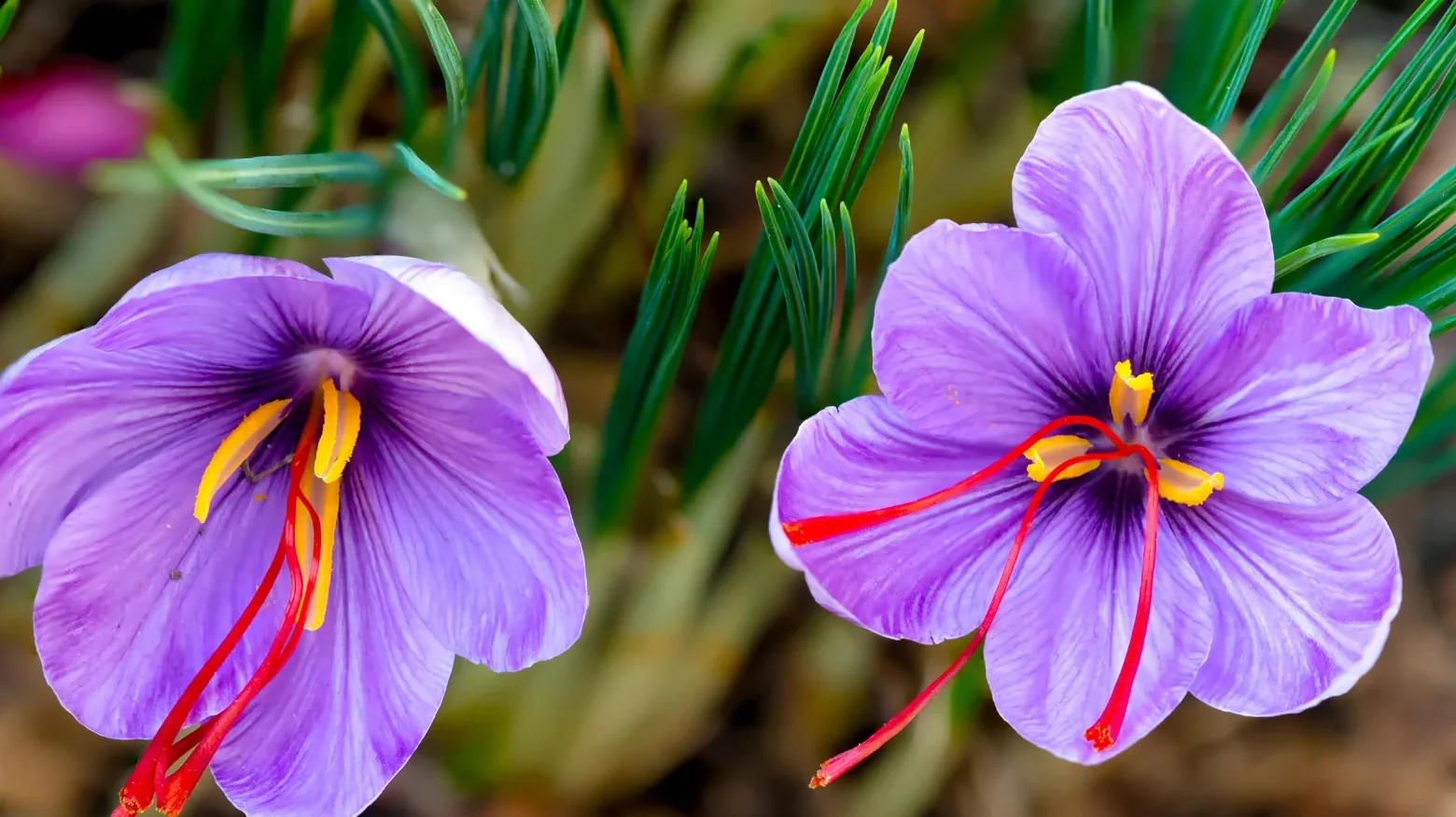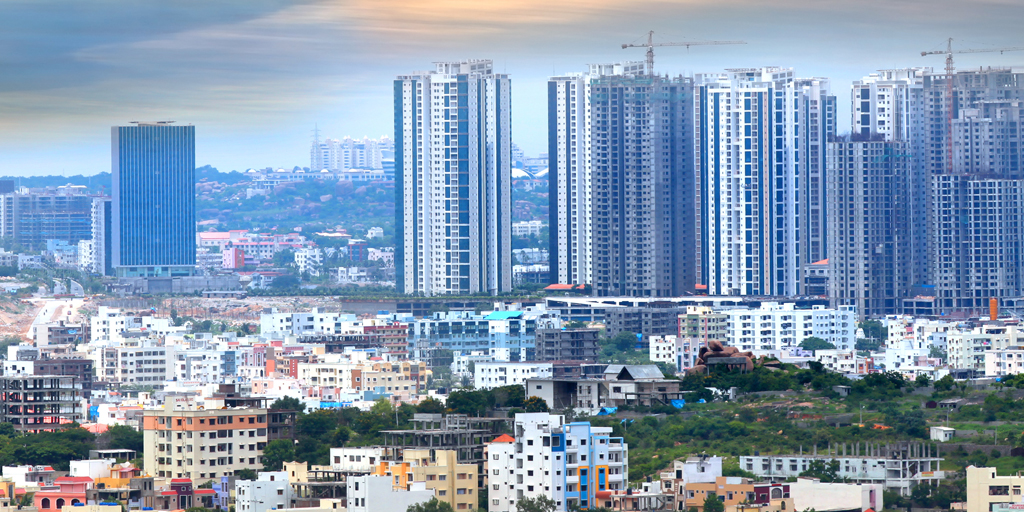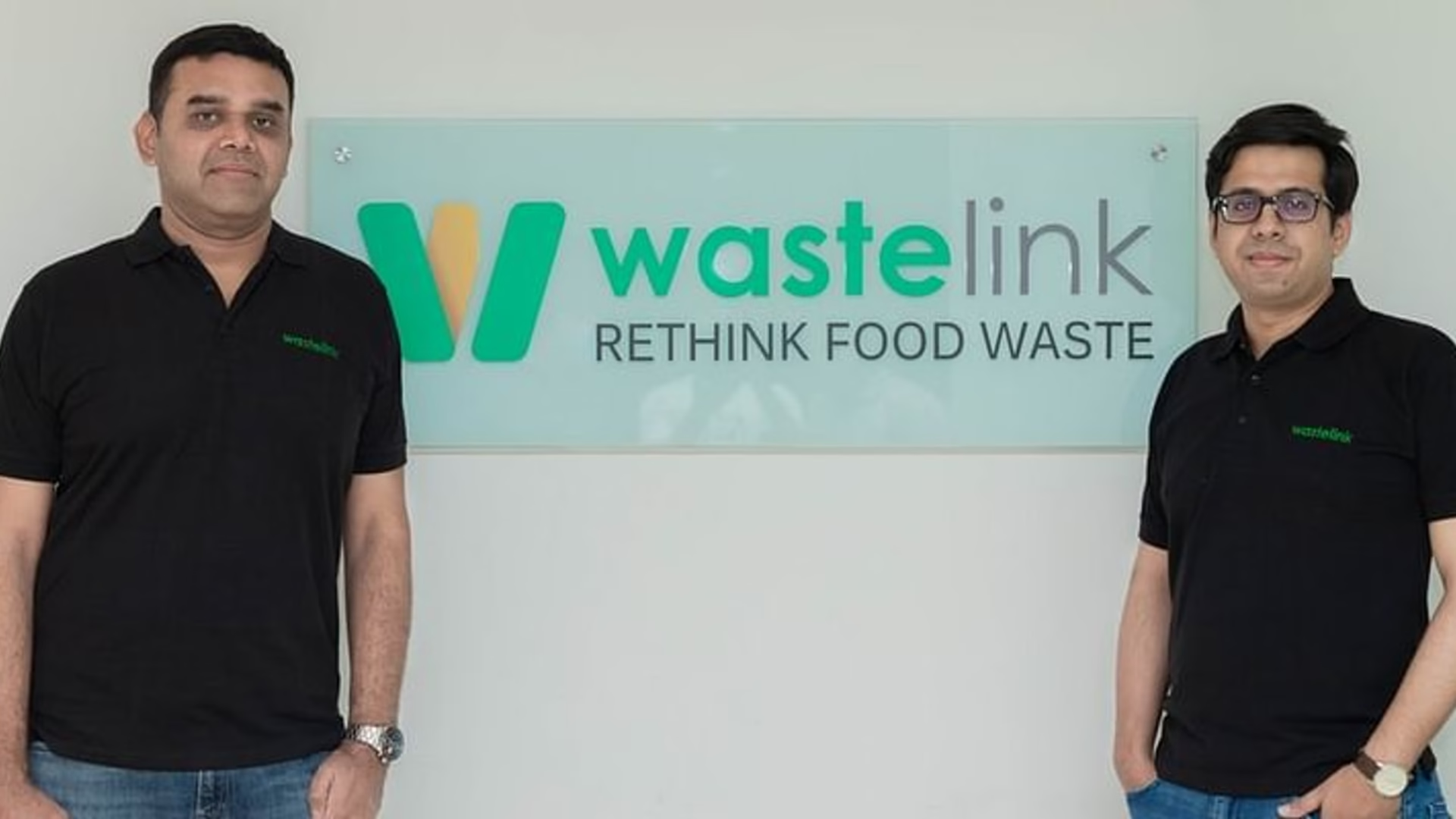Saffron, often called “red gold,” is one of the world’s most expensive spices. Traditionally cultivated in Iran and Kashmir in India, saffron farming has long been constrained by climate and geography. However, indoor farming techniques, particularly hydroponics and vertical farming, are revolutionizing the industry by enabling year-round production in controlled environments.
Room Requirements
For an efficient indoor saffron farm, a 20×20 ft room is ideal. Key conditions include:
- Temperature: 15–20°C during sprouting, 5–7°C during flowering
- Humidity: 70%–80%
- Lighting: Full-spectrum grow lights; avoid direct sunlight
- Insulation: PUF panels or thermocol sheets to maintain stability
Estimated Setup Cost
| Item | Quantity | Unit Price (₹) | Total Cost (₹) |
|---|---|---|---|
| Thermocol Sheets | 40 | 1,050 | 42,000 |
| PUF Panels | 800 sq ft | 115 | 92,000 |
| Air Conditioner | 2 | 35,000 | 70,000 |
| Humidifier | 2 | 15,000 | 30,000 |
| Grow Lights | 4 | 10,000 | 40,000 |
| Total Estimated Cost | – | – | ₹2,74,000 |
Growing Method: Hydroponics
Hydroponic vertical farming is an efficient soil-less method, ensuring superior quality and increased yield.
| Item | Cost (₹) |
| Hydroponic Trays (Stacked) | 60,000 |
| Water Tank | 3,600 |
| Water Pump | 10,000 |
| Nutrients & Accessories | 10,000 |
| Total Estimated Cost | ₹83,600 |
Saffron Corms & Cultivation Process
Saffron is grown from corms (bulbs) rather than seeds. A 20×20 ft room can support approximately 40,000 corms (~320 kg), yielding 600–800 grams of dried saffron annually under optimal conditions.
| Supplier | Price per kg (₹) | Quantity (kg) | Total Cost (₹) |
| Local/Online | 1,500 | 320 | 4,80,000 |
Cultivation Steps
- Trays and Racks – Place corms in plastic trays on vertical racks for space efficiency.
- Dark Phase (90–100 Days) – Keep the room dark to promote sprouting.
- Lighting Phase – After 100 days, switch on grow lights for flowering.
- Harvesting – Flowers bloom in October–November. Stigmas are plucked early in the morning and dried before storage.
- Corm Multiplication – After harvest, corms are transferred to soil for multiplication (November–February), doubling every season.
Operational Costs & Profitability
Annual Operational Cost
| Operational Cost Item | Cost (₹) |
| Monthly Electricity | 24,000 |
| Monthly Water Charges | 1,000 |
| Annual Labor Costs | 1,20,000 |
| Total Monthly Cost | ₹25,000 |
| Total Annual Cost | ₹3,00,000 |
Profitability Calculation
| Metric | Value (₹) |
| Net Initial Investment | 8,37,600 |
| Per Annum Operational Cost | 3,00,000 |
| Annual Yield | 600–800 g |
| Market Price (per kg) | 4,50,000 |
| Revenue from Saffron | 2,70,000 – 3,60,000 |
| Net Profit | ₹-30,000 to ₹60,000 |
Year 2 Profit Estimation (After Corm Multiplication)
| Metric | Value (₹) |
| Expanded Yield | 1.5 – 2 kg |
| Revenue | 6,75,000 – 9,00,000 |
| Net Profit (Year 2) | ₹3,75,000 – ₹6,00,000 |
| Profit Margin (%) | 55% – 66% |
Break-even Analysis
Considering the initial investment of ₹8,37,600 and the annual operational cost of ₹3,00,000, the business will likely break even in Year 2 or early Year 3 when corm multiplication significantly increases yield. By Year 2, the estimated net profit is ₹3,75,000 – ₹6,00,000, which covers the initial investment.
Conclusion
Indoor saffron farming is an emerging, high-value business model in India. While the initial investment requires patience, the venture becomes significantly profitable from Year 2 onwards due to corm multiplication. With minimal space, high returns, and growing demand, saffron farming can be an excellent opportunity for agripreneurs looking to enter the premium spice market.


























Ramchandra Barik
Intersted farming, could you please guide